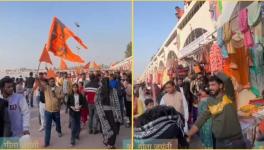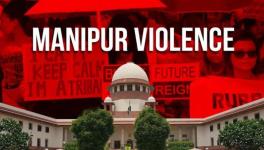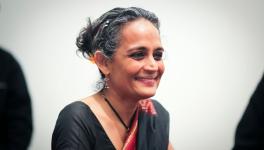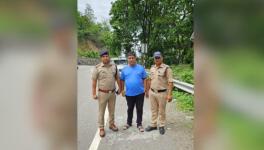Who is Afraid of a Media Council of India?
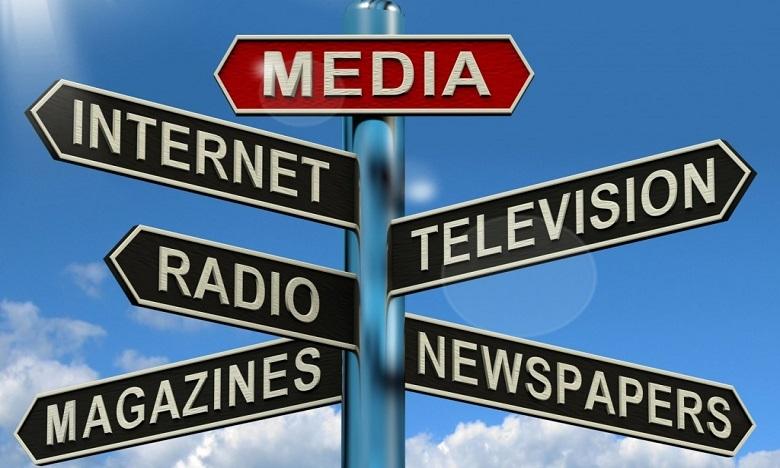
Image Courtesy: lematin.ma
Who is afraid of a wide spectrum autonomous Media Council of India, comprising all the key components of the modern media, from the print to the electronic, sitting with other experts, to regulate itself, rather than permitting the government and vested interests to intervene, as it had done in the past in the case of the Press Council?
This is the burning question that needs to be answered today, as the chairman of the Press Council has rejected most of the journalist bodies’ nominees. Of course, last ditch efforts to end the deadlock are on, by other interests too, to try somehow get in and sit for three years as “Honorable Member Press Council India”. What has happened as of now (24 February 2018), is that there is no agreed list and the term of the Council is about to end.
It’s a matter of record that most leading organisations of journalists during the Congress rule, and then the BJP government, had for the past two decades rejected this very concept of the Press Council, as a toothless body outdated and outmoded, to be replaced by a media council. In fact what is happening is that periodically after raising the demand of a media council some are willing to accommodate themselves or some chums in to the Press Council of India, without even consulting their state units. Broadcasters have now their own body which has made confusion worse confounded in that its structure makes it managerial without the journalist component, and it lives in its own cocoon, speaking for itself while shouting out dissident voices.
As a former Editor and media expert N.Ram said many years ago: “ Media freedom in India is considered ’incomplete’ because the print media and the broad cast media have not been placed on an equal Constitutional and legal footing”’.
It is a matter of record too, that the first BJP government with Sushma Swaraj as information and broadcasting minister did receive concrete proposals for a Media Council, which were discussed for a while though later buried. This was done by the Congress government too. One can say for a fact that in the period when justice P.B.Sawant was the chairman, proposals were considered for quite some time. Similar recommendations were made by at least three other chairmen, namely Justices Markandey Katju, G N Ray, and Jayachandra Reddy. Of course some journalists now feel that noises end when terms are to end and deals begin to get in again.
In the present situation however, it should be noted that many old bodies who had split in the past are no longer considered for lack of numbers and those who have now split, continue to be considered -while the new are not even considered or just don’t bother to be part of a toothless bonhomie, some on grounds of conviction, by sticking to their old demand for a media council comprising the entire new media from the print, digital, electronic to other forms.
Press Council History
As its history suggests the idea of a Press Council was born in the Nehruvian Period. The idea was for a “Press Council as a mechanism for the Press to regulate itself. The raison d’etre of this institution was rooted in the concept that in a democratic society the press needed at once to be free and responsible. If the Press is to function effectively as the watchdog of public interest, it must have a secure freedom of expression, unfettered and unhindered by any authority, organised bodies or individuals. But, this claim to press freedom has legitimacy only if it is exercised with a due sense of responsibility. The Press must, therefore, scrupulously adhere to accepted norms of journalistic ethics and maintain high standards of professional conduct. Where the norms are breached and the freedom is defiled by unprofessional conduct, a way must exist to check and control it. But, control by Government or official authorities may prove destructive of this freedom. Therefore, the best way is to let the peers of the profession, assisted by a few discerning laymen to regulate it through a properly structured representative impartial machinery. Hence, then Press Council”. This is true of a nation’s freedom and it applies as much to the Press as to any other group, organisation or individual.
Recall, the historic moment when the bill to establish the Press Council was introduced in the Rajya Sabha way back in November 26, 1963 , it was hailed by the undivided journalists movement lead by the IFWJ . The Council was finally established on 4 July, 1966 as an autonomous, statutory, quasi-judicial body, with Justice J R Mudholkar, then a judge of the Supreme Court, as Chairman. The Press Council Act, 1965, listed the following functions of the Council in furtherance of its objects:
-
to help newspapers to maintain their independence
-
to build up a code of conduct for newspapers and journalists in accordance with high professional standards
-
to ensure on the part of newspapers and journalists the maintenance of high standards of public taste and foster a due sense of both the rights and responsibilities of citizenship
-
to encourage the growth of a sense of responsibility and public service among all those engaged in the profession of journalism.
-
to keep under review any development likely to restrict the supply and dissemination of news of public interest and importance
-
to keep under review such cases of assistance received by any newspaper or news agency in India from foreign sources, as are referred to it by the Central Government.
The history of the Press Council falls into two phases. The first began with its institution in 1966 and ended ten years later when it was abolished during the Emergency. The second is the present era which began in 1978 when the Council was restored by the Janata Party government. Both these phases need to be considered separately, for chronological and historical reasons, though the two phases are inseparable by a common thread of similar perspectives and objectives. There were indeed some contributions then despite pressures on the press even from International media lobbies.
Over the years what is happening is that the admonitions of the Press Council are rarely printed, often virtually blacked out - particularly by the big mainstream media. It has been caught in litigation from time to time and some feel it has become a “lottery of vested interests”
In the paid news syndrome itself there was a controversy till the names of some papers came out though the Press Council did not give the names initially, till pressurized by seminars and publications by journalists.’ It did no credit to the editing skills of the Press Council members that a report of over 36,000 words was cut down to less than 4,000 words. It was blatant censorship. There is no other word for it. Of course pressures from journalists and some bodies and finally the Press Council helped in the final exposure.
Again, the Press Council in a good judgment highlighted what N.Ram called “The Kar sevak role played by a large section of the Hindi press during the kar seva crisis of October- November 1990.”This has been well documented and indicted in a study commissioned by the Press Council of India (1991). Such roles are now diminishing.
TODAY
Since its constitution till now, the media composition has changed, with cross media holdings foreign players, Murdochisation, and a new wide spectrum media taking shape – none of which are under its preview while it remains a toothless tiger admonitions notwithstanding. But today it can seldom bark and hardly bites. In any case the jingoism, war mongering and shooting messengers continues unchecked in the electronic media. And this is outside the purview of the present Press Council. The present stalemate can genuinely be broken by a Media Council with some teeth and comprising the wide spectrum media, with some genuine experts. But then vested managerial interests, and media monopolies and their partners, are indeed afraid of a Media Council.
Today the wheel has indeed turned full circle. Look back to the seventies or late 60s.It was almost a similar situation when as an elder, J.P. Chaturvedi told us “The Nominating Committee has approved the list of AINEC, IENS, ILNA and the Press Association and has rejected the claim of the IFWJ to be represented on the Council. Interestingly, none of the organizations represented had challenged the right of the IFWJ to represent working journalists scattered all over India through its three thousand and odd members. None of the organisations represented on the Council has more than 250 or 200 members on its roll.” Everyone was afraid of the might of the undivided Indian Federation of Working Journalists (IFWJ).
Today, ironically when some journalists, including some unionists among themselves are fighting tooth and nail, managements and governments could be grinning. It is jungle law in the profession, with contracts reigning supreme, hire and fire common, layouts and layoffs returning and jingoism, mental militarization and polarization of communities with no effective watch dog to oversee from even within the media community itself . The struggle for press freedom has indeed also to go hand in hand with a struggle for a democratic media with trade union rights which also are being crushed and even their news blacked out of media bodies within the media.
Disclaimer: The views expressed here are the author's personal views, and do not necessarily represent the views of Newsclick.
Get the latest reports & analysis with people's perspective on Protests, movements & deep analytical videos, discussions of the current affairs in your Telegram app. Subscribe to NewsClick's Telegram channel & get Real-Time updates on stories, as they get published on our website.










